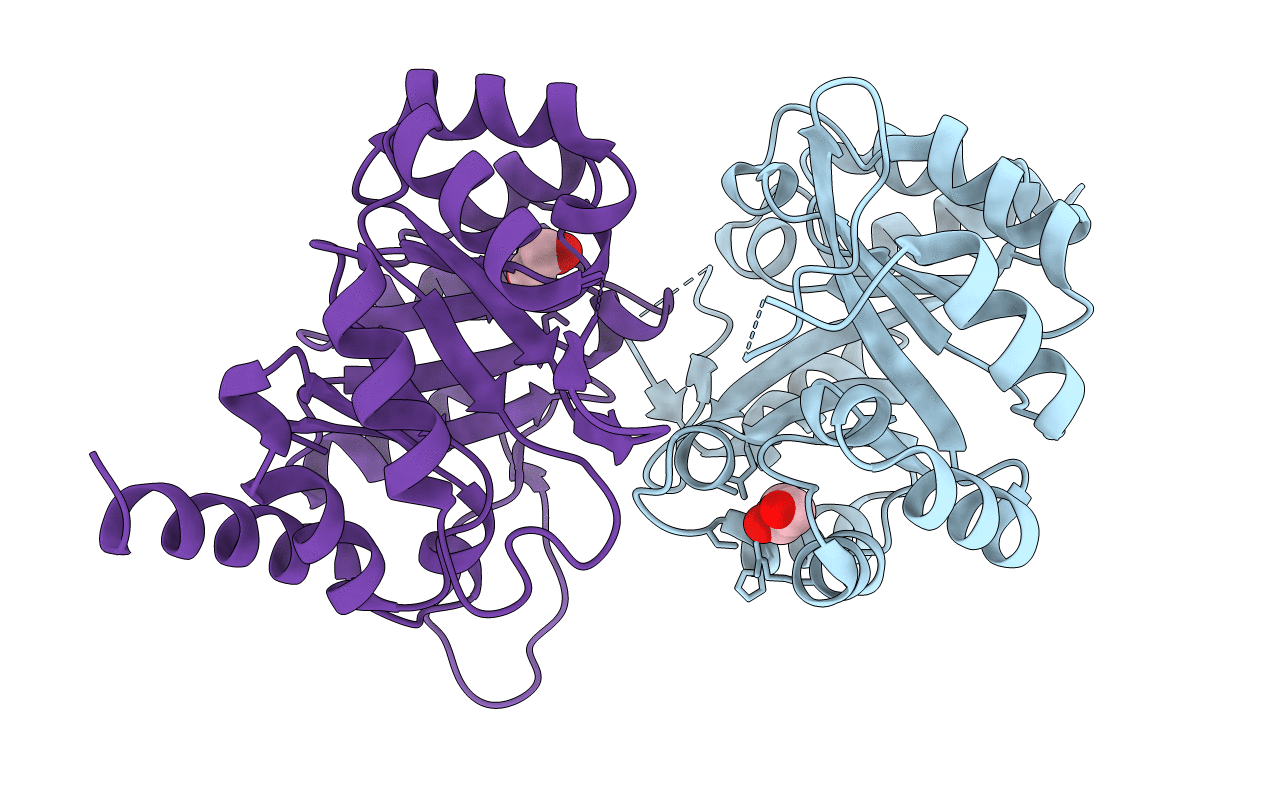
Deposition Date
2012-06-13
Release Date
2013-06-26
Last Version Date
2023-12-20
Entry Detail
PDB ID:
4AXK
Keywords:
Title:
CRYSTAL STRUCTURE OF subHisA from the thermophile Corynebacterium efficiens
Biological Source:
Source Organism:
CORYNEBACTERIUM EFFICIENS (Taxon ID: 152794)
Host Organism:
Method Details:
Experimental Method:
Resolution:
2.25 Å
R-Value Free:
0.30
R-Value Work:
0.23
R-Value Observed:
0.23
Space Group:
P 21 21 21


